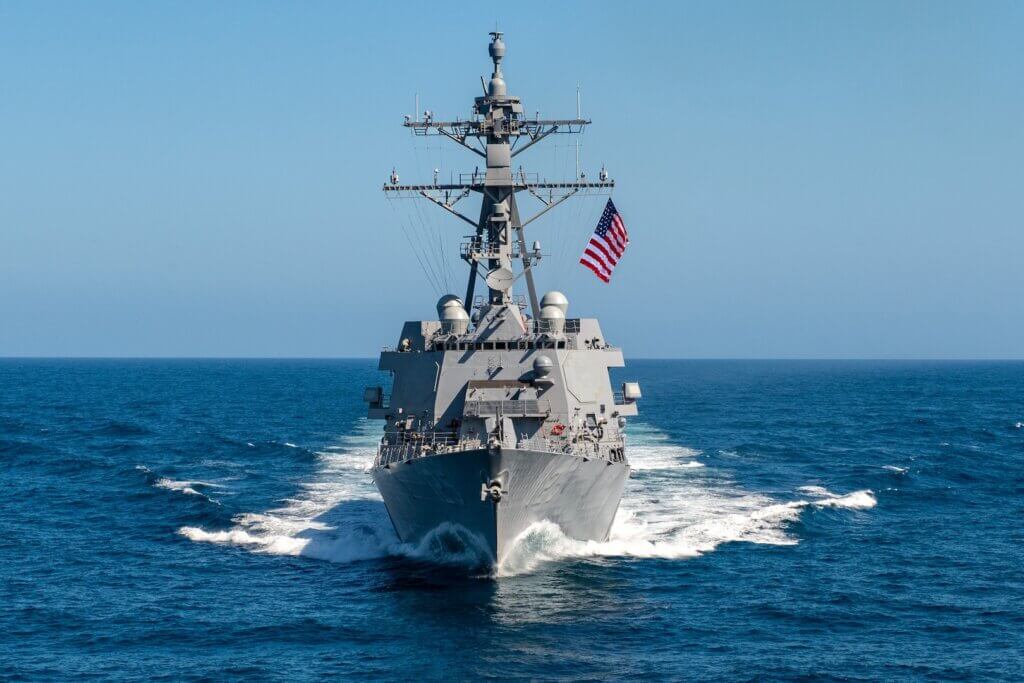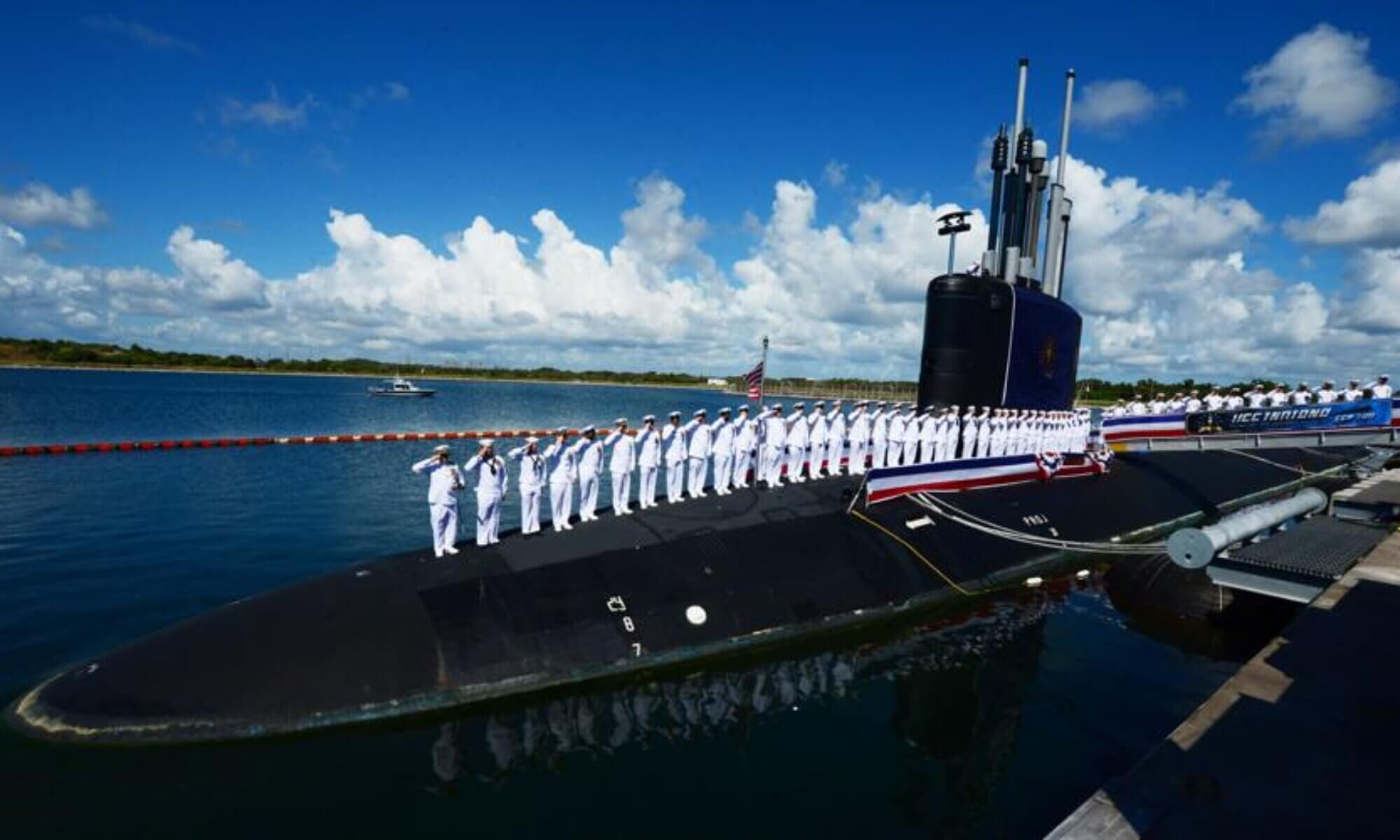
Today, in Tampa, the U.S. Navy proudly commissioned the USS Jack H. Lucas (DDG 125), the inaugural Flight III Arleigh Burke-class guided-missile destroyer. This monumental event not only commemorates Capt. Jack H. Lucas, the youngest serviceman in WWII to receive the Medal of Honor but also showcases a pivotal stride in naval defense capabilities.
The Flight III, including the Jack H. Lucas, is renowned for its SPY-6(V)1 radar, a significant advancement over the SPY-1 radars found on earlier AEGIS-equipped vessels. The cutting-edge technology behind the SPY-6(V)1 Air and Missile Defense Radar (AMDR) represents this ship’s major technological differentiator. Paired with significant electrical power and cooling system upgrades, the destroyer stands poised for future operations. However, it’s also worth noting the limitations in space, weight, power, and cooling, which may affect the ship’s capability to incorporate forthcoming energy weapons.
The Jack H. Lucas not only symbolizes technological advancement but also resilience and dedication. As guest speaker Under Secretary of the Navy, The Honorable Erik Raven, mentioned during the commissioning, the ship is built for agility, versatility, and adaptability to various missions. He highlighted its purpose in maintaining the free flow of commerce, deterring military aggression, and swiftly responding to global natural disasters.
This commissioning marks a significant juncture in naval shipbuilding. Previously, the Arleigh Burke program was slated to end with DDG 112. However, changes in plans for the DDG 1000 Zumwalt-class ships led to the reintroduction of the DDG 51 production. The Jack H. Lucas, built at Ingalls Shipbuilding in Pascagoula, is a testament to this strategic shift.
While the Lockheed Martin AEGIS combat system undergoes continual updates, there remain different baselines within the fleet. The Navy, however, is committed to integrating the AEGIS Baseline 9 capabilities into DDGs 113 to 124 and DDG 127. On the other hand, DDGs 125, 126, and DDG 128 are set to benefit from the AEGIS baseline 10, which exploits the SPY-6 radar system’s enhanced capabilities.
The Navy is also planning ahead, focusing on replacing the Ticonderoga-class guided missile cruisers with the new “large surface combatant” termed “DDGX.” This transition aims to safeguard the vital shipbuilding and supplier industrial base, a commitment the Navy emphasized to Congress.
In conclusion, the commissioning of the USS Jack H. Lucas, coupled with its advanced features and the broader strategy of naval modernization, emphasizes the Navy’s commitment to national defense, innovation, and honoring legacy. The ship serves as a testament to both historical valor and future-ready capabilities.

